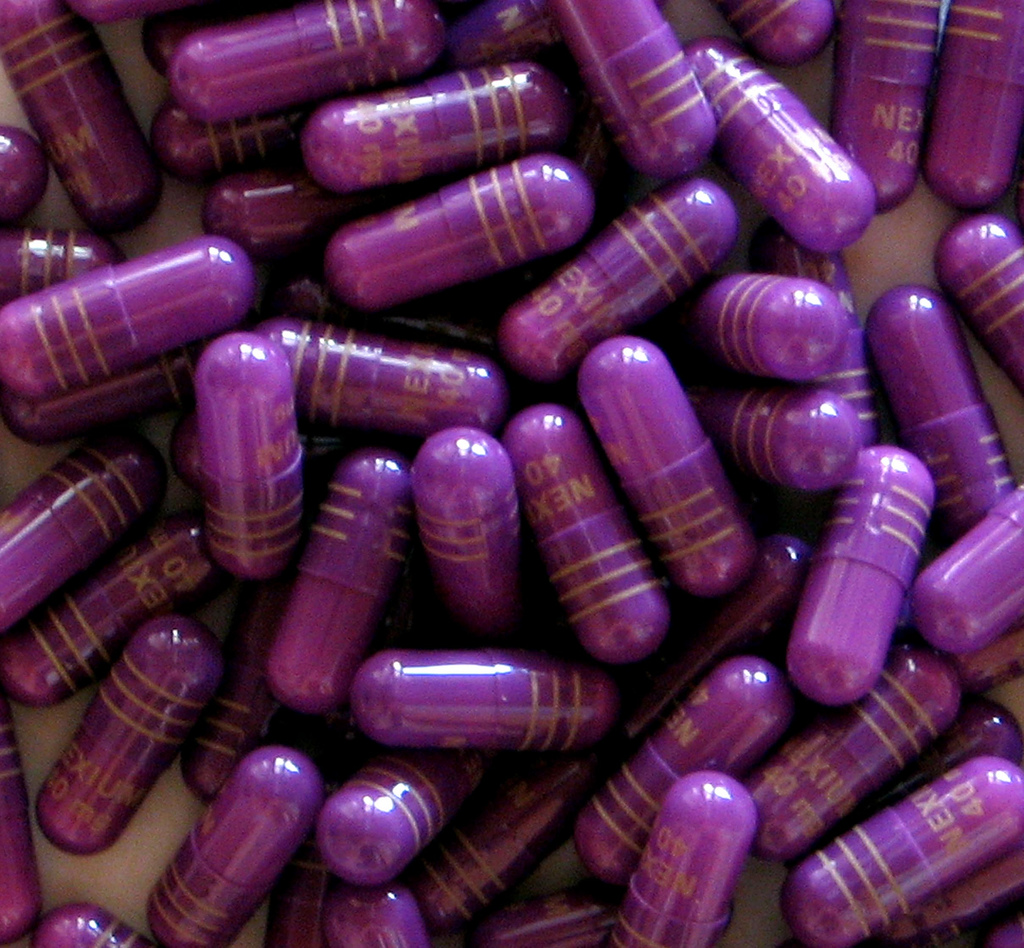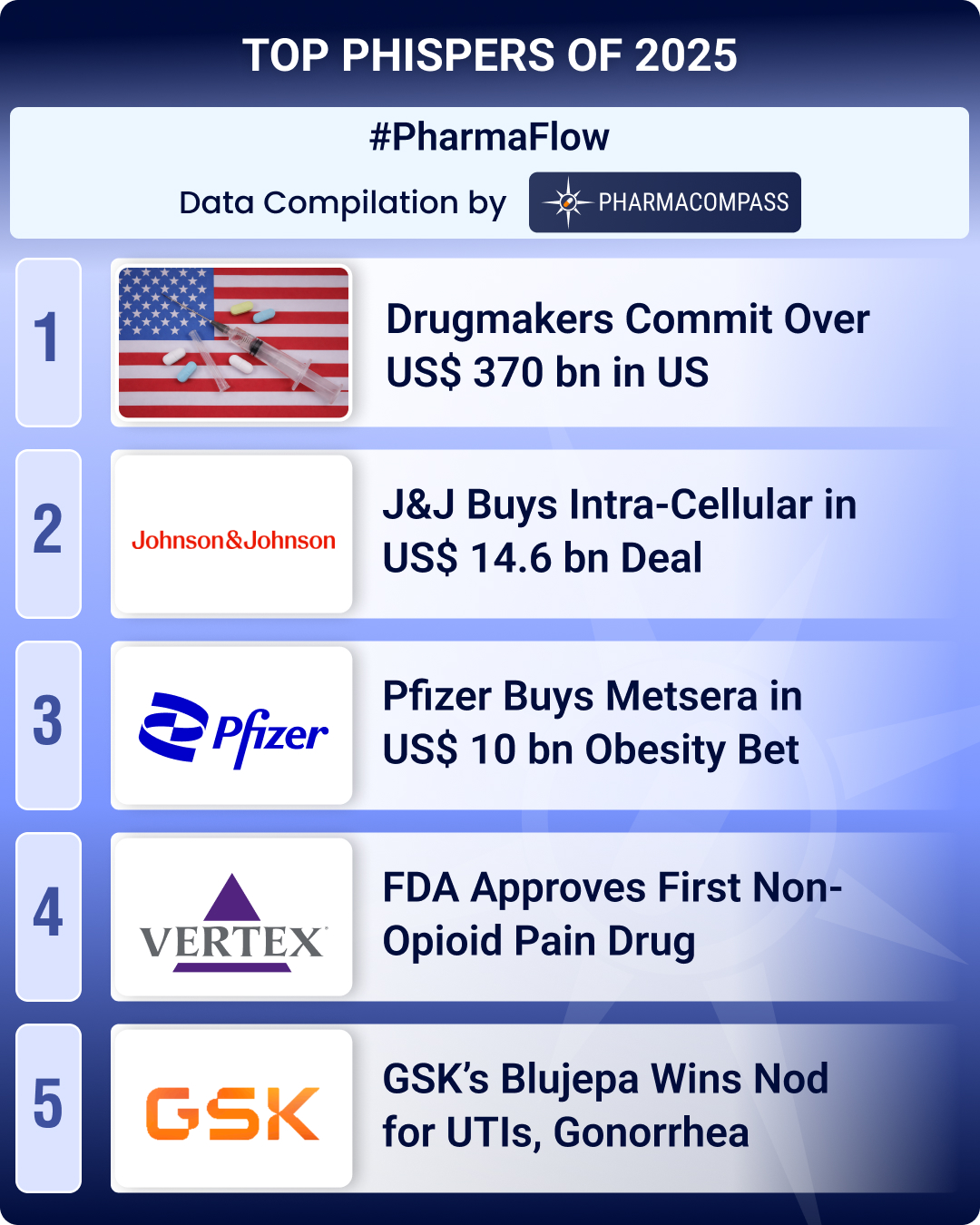
The past month has been rather difficult for Dr. Reddy’s Laboratories (DRL), which has been struck by a series of bad news. Three of Dr. Reddy’s facilities have been issued warning letters by the US Food and Drug Administration (FDA) due to lapses in quality control. As a result, almost US $ 2 billion has been wiped off its market capitalization.
Warning letters to DRL for three facilities
PharmaCompass had highlighted the serious nature of the observations at DRL’s Srikakulam facility in May this year. However, the warning letters to the company’s facilities in Miryalaguda, Telangana, as well as its oncology formulation facility at Duvvada, Visakhapatnam (Andhra Pradesh) came as a surprise.
While the FDA recently posted the warning letter on its website, PharmaCompass also gained access to the Form 483 issued to the Miryalaguda facility through FDAZilla.com. The observations at the Miryalaguda facility were similar to those at the Srikakulam facility. While at Srikakulam, inspectors found many original documents in the company’s waste area, at the Miryalaguda facility, the FDA inspector found partially-filled documents in the garbage.
Other listed observations include failure to investigate recurring non-conformities and inadequate controls in computer systems to prevent unauthorized release of the final product in the market.
However, unlike Srikakulam where Dr. Reddy’s failed to mention the presence of an analytical laboratory, also known as the “Custom QC laboratory”, which was “only discovered” later, no such observations have been listed on the Miryalaguda site’s Form 483.
The senior management at Dr. Reddy’s formulation facility in Vishakapatnam failed to provide the FDA inspectors with the confidence necessary to manage compliance within their operations.
When the FDA inspectors observed a malfunction in the filling operation and notified the Associate Director of Quality Assurance, Resource Manager of Quality Assurance, and the Associate Director and Head Operations about the mechanism failure, the senior management failed to intervene, and allowed the filling process to continue uninterrupted.
The affected plants account for more than 10 to 12 percent of the company's sales.
The jinxed launch of DRL’s generic Nexium
Earlier this year, when news surfaced regarding problems uncovered during the inspection of the Srikakulam facility, a big concern raised was regarding Dr. Reddy’s ability to launch generic Nexium (a drug in the class of proton pump inhibitors).
Nexium was AstraZeneca’s blockbuster, which generated annual sales in America of more than US $ 3 billion. For Dr. Reddy’s, this heartburn drug would have limited generic competition with Teva and Mylan as the only other companies in the market.
In September, Dr. Reddy’s successfully got an approval to launch Nexium from a site other than the Srikakulam facility – the original facility mentioned in the launch filing.
With analysts estimating revenues of US $ 40 million in FY16 and more than US $ 50 million in FY17, Dr. Reddy’s seemed to have successfully addressed some of the FDA’s concerns.
However, earlier this month an American court issued a temporary restraining order stopping sales of generic Nexium. This time, the problems weren’t related to compliance but the color of the pill!
Heartburn over the color purple
AstraZeneca, with whom Dr. Reddy’s had settled the Nexium patent litigation in 2011, filed a lawsuit against Dr. Reddy's and obtained a temporary restraining order preventing the Indian firm from selling copies of Nexium on grounds of trademark infringement for using the color purple, which is similar to the original brand.
AstraZeneca has used the color purple to brand their gastrointestinal products for treating severe heartburn and acid reflux. With more than 15.5 billion purple Nexium® capsules sold in the US between 2001 and 2014, AstraZeneca spent over US $ 250 million per year on its ‘the purple pill’ (www.purplepill.com) advertising and in building its purple brand.
The lawsuit mentions that the attempt by DRL to “free-ride off the fame of AZ's famous purple pills” harms both the original drug maker and the public.
While Mylan and Teva’s pills are white and blue respectively, Dr. Reddy’s capsule is half dark purple and half a lighter shade of purple (click to see the different capsule colors).
Nexium’s purple prose
AstraZeneca’s complaint argues that Nexium’s purple color is protected by three federal trademarks. However, Dr. Reddy’s has countersued alleging material breach of a settlement agreement.
Dr Reddy's said that as part of an earlier settlement in 2011, AstraZeneca was made aware and had full knowledge that DRL intended to utilize the color purple for its capsule.
Dr Reddy's petition states that during the patent infringement litigation with AstraZeneca, Dr. Reddy’s produced portions of its ANDA document along with physical samples, which disclosed the ingredients, form, packaging and look of its proposed generic product, including the fact that the proposed capsule would be purple in color.
While AstraZeneca claims that the 2011 agreement with Dr. Reddy’s involved patent claims, but not trademark claims, Dr. Reddy's countered to say that the 2011 agreement gives it the right to make its drug as described in the ANDA, and that document made clear that the drug would be purple.
While there is no requirement to conduct a recall of Dr. Reddy’s generic Nexium, nationwide sales have been halted and Dr. Reddy's notified the court that it planned to begin producing its version of Nexium in blue capsules.
Does color really matter?
A study published found that although generic medicines are biologically identical to their brand-name counterparts, their physical traits – like shape or color – usually differ. Patients who take generic drugs that differ in color are 50 percent more likely to stop the intake of the drug, producing possible negative reactions.
The subject of physical attributes is something that the FDA also takes seriously – it issued a final guidance document earlier this year, regarding the ‘size, shape, and other physical attributes of generic tablets and capsules’.
Concerns over difference in color (between branded and generic products) leading to patient confusion and reduced drug regimen adherence have been raised before. However, the newly released FDA guidance includes no recommendation on whether generic tablets or capsules should be the same color as the innovator drug.
Our view
Only in July this year, Dr. Reddy’s re-branded itself with a new corporate logo. It chose purple as its new corporate color and stated that “purple signifies the balance between stimulating red and calming blue”.
The decision to go ahead with blue generic Nexium pills gives us hope that calm will soon return to Dr. Reddy’s. For, as the company’s tagline goes, ‘Good Health Can’t Wait’.
The PharmaCompass Newsletter – Sign Up, Stay Ahead
Feedback, help us to improve. Click here
Image Credit : Nexium by Rennett Stowe is licensed under CC BY 2.0
“ The article is based on the information available in public and which the author believes to be true. The author is not disseminating any information, which the author believes or knows, is confidential or in conflict with the privacy of any person. The views expressed or information supplied through this article is mere opinion and observation of the author. The author does not intend to defame, insult or, cause loss or damage to anyone, in any manner, through this article.”





